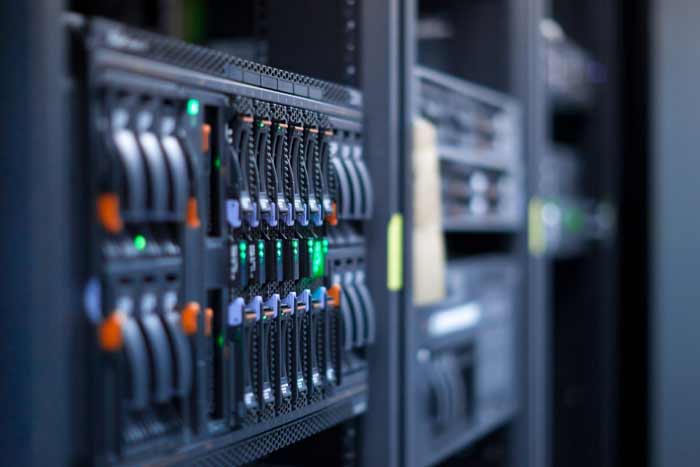In today’s world Cyberthreat poses a business challenge for all enterprises. Irrespective of the size of business , a security operations center (SOC) should be a crucial part of every organization to identify and address the escalating cybersecurity challenges of today. Enterprises these days are considering setting up security operations centers to centrally manage their detection and management of cybersecurity incidents.
Implementing SOC requires immense time, money and staff. Organizations are plagued with two major challenges – finding the right talent and the inability to scale up. Outsourcing is the best option for companies that find it time and resource consuming to address the two challenges.
What is SOC?
A security operations center (SOC) comprises of people, processes, and technology that provides the comprehensive cybersecurity solutions.
SOC is the command center for the organization, which provides complete 24/7 visibility into your enterprise in real-time, it lets you know who logs into your systems, scans for known threats, vulnerabilities and manages the security health of endpoints.
SOC includes end-to-end security features and they are responsible for
- vulnerability management
- risk mitigation
- threat monitoring
- investigation
- response
How does SOC work?
SOC is process driven. They have standard operating procedures (SOP), use cases and playbooks that define how an incident needs to be addressed. The SOC team responds to these cybersecurity events and incidents based on the derived procedures.
Core Components of SOC
1. People
A SOC team is made up of multiple trained professionals as security analysts and incident respondents whose main purpose is to perform threat prevention, detection, and response.
A SOC team’s success relies on building a diverse team – consisting of capabilities and specializations in different aspects of cybersecurity. Unique risks can be addresses through their diverse experience and knowledge.
2. Process
A SOC Procedure defines the workflows that involves threat prevention, detection and response. This process also includes conducting ongoing security training to ensure the team has the latest knowledge and skills needed to respond to threats.
There are standard operating procedures (SOP), use cases and playbooks that define how an incident is to be addressed.
A real-time SOC user report and data feeds will have information about the following
- analysis of data feeds and incident data;
- normalization and storage of security logs;
- Dissemination of threat intelligence;
- automation and orchestration;
- threat assessment; and
- vulnerability detection and management options.
SOC operation processes include creating an approach for investigation, threat hunting, ticketing, response, and threat intelligence.
3. Technology
A SOC relies on various advanced security tools for log aggregation, alerting, correlation, and analysis. These tools give the team the ability to monitor the security of the entire network infrastructure and systems for a holistic understanding of its security posture. When every event from the devices gets logged, the SOC team can better identify the point of origin for attacks, track its movement, and determine the most appropriate response.
The SOC should have a proper SIEM tool in place to address understand the logs parsed, process the event and alert the specified individual.
Benefits of building a ‘Security Operation Center’ capability:
Cybersecurity being the main aspect for playing an increasingly important role in the day to day operations of organizations – large and small, having a SOC can provide multiple benefits:
- 24×7 Cyber Security: Cybercriminals work around the clock and mostly while the organization’s networks are left unattended or while the IT personnel has left the office premises. A 24×7 SOC provides visibility into your enterprise in real-time. It lets you know who logs into your systems, scans for known threats and manages the security health of endpoints.
- Shorter incident response times: A SOC has the technology and process in place to help deduct an incident and send a response on an incident. Depending on the SOP, the organizations can identify potential threats in real-time and mitigate them before any real damage occurs.
- Regulatory compliance and customer trust: Organizations are under immense pressure to protect the sensitive data of their customers. SOC provides continuous network and security monitoring which is essential when it comes to safeguarding customer data and meeting stringent regulatory requirements like the EU’s General Data Protection Regulation (GDPR), PCI-DSS

